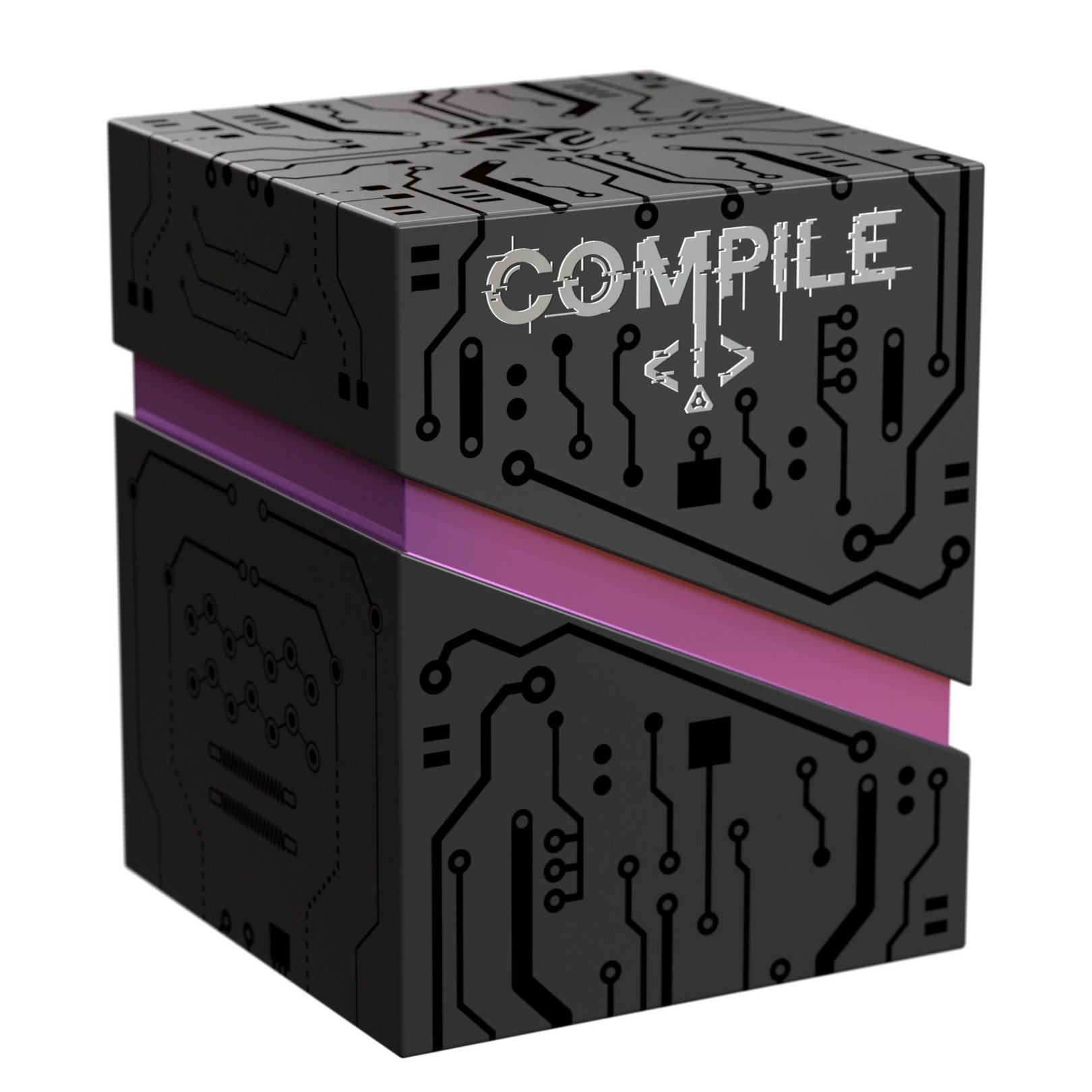 Image 1 of
Image 1 of

Flipology
In Flipology, players try to score the most points over three rounds. At the start of each round, each player receives nine cards, then picks seven of them to arrange in a face-down row. On your turn, you must flip one of your seven cards (up or down), with some cards having effects that enable you to flip additional cards, including those owned by opponents. Cards depict animals in different types of environments, and they have different effects and point values depending on what's shown at round's end, such as the sloth which is worth positive points only if it's still face down.
In the "Great Tree" variant for 2-4 players, five cards are dealt to each player and two turns are taken. Then a second set of five cards cards are dealt out which go above the first row and two more turns are taken, with the added wrinkle that players now control two rows and adjacency means up and down as well as side to side. Finally, a third set of cards is dealt out and players take a final two turns, then calculate their total score.
In Flipology, players try to score the most points over three rounds. At the start of each round, each player receives nine cards, then picks seven of them to arrange in a face-down row. On your turn, you must flip one of your seven cards (up or down), with some cards having effects that enable you to flip additional cards, including those owned by opponents. Cards depict animals in different types of environments, and they have different effects and point values depending on what's shown at round's end, such as the sloth which is worth positive points only if it's still face down.
In the "Great Tree" variant for 2-4 players, five cards are dealt to each player and two turns are taken. Then a second set of five cards cards are dealt out which go above the first row and two more turns are taken, with the added wrinkle that players now control two rows and adjacency means up and down as well as side to side. Finally, a third set of cards is dealt out and players take a final two turns, then calculate their total score.
In Flipology, players try to score the most points over three rounds. At the start of each round, each player receives nine cards, then picks seven of them to arrange in a face-down row. On your turn, you must flip one of your seven cards (up or down), with some cards having effects that enable you to flip additional cards, including those owned by opponents. Cards depict animals in different types of environments, and they have different effects and point values depending on what's shown at round's end, such as the sloth which is worth positive points only if it's still face down.
In the "Great Tree" variant for 2-4 players, five cards are dealt to each player and two turns are taken. Then a second set of five cards cards are dealt out which go above the first row and two more turns are taken, with the added wrinkle that players now control two rows and adjacency means up and down as well as side to side. Finally, a third set of cards is dealt out and players take a final two turns, then calculate their total score.










